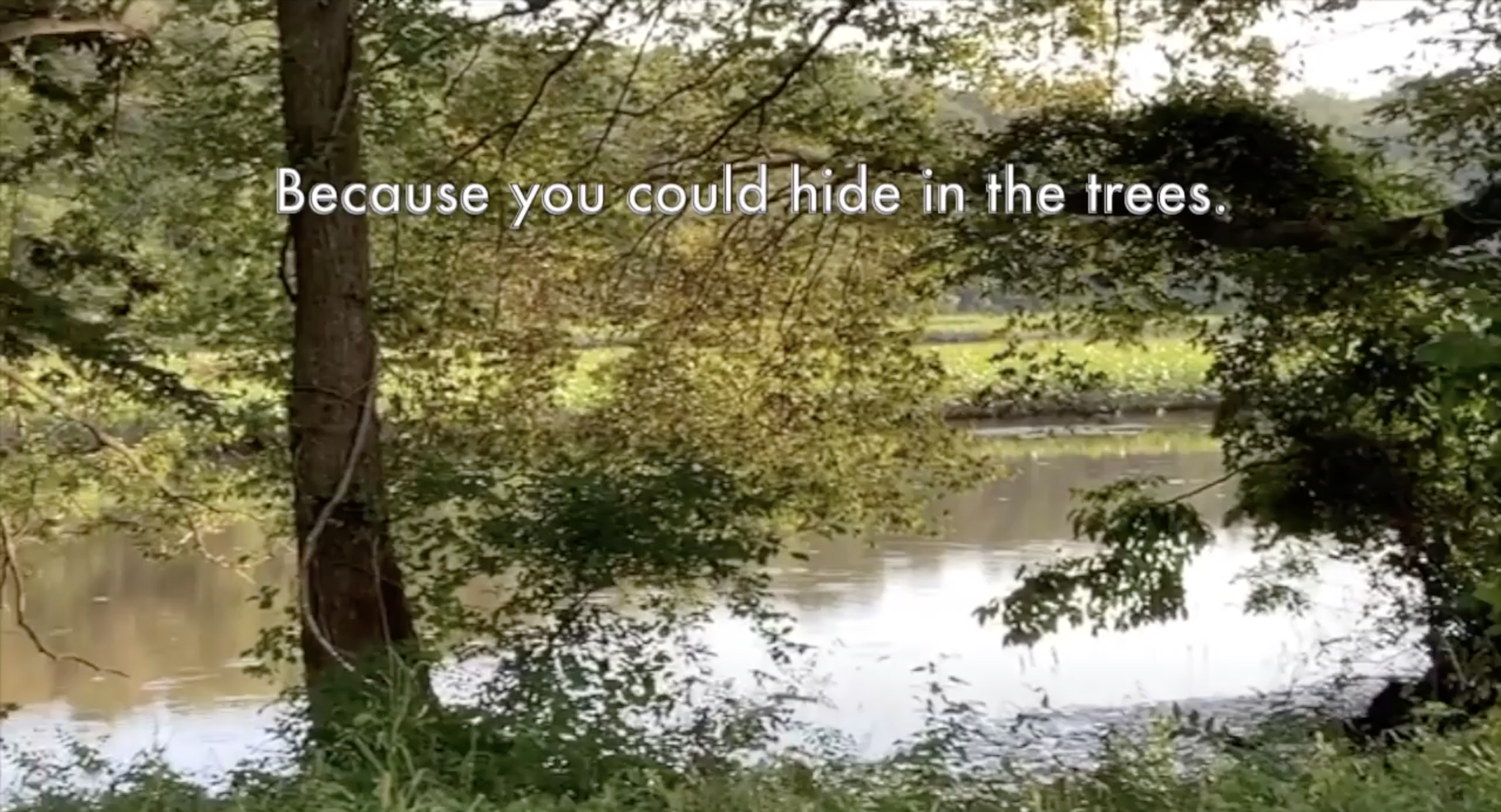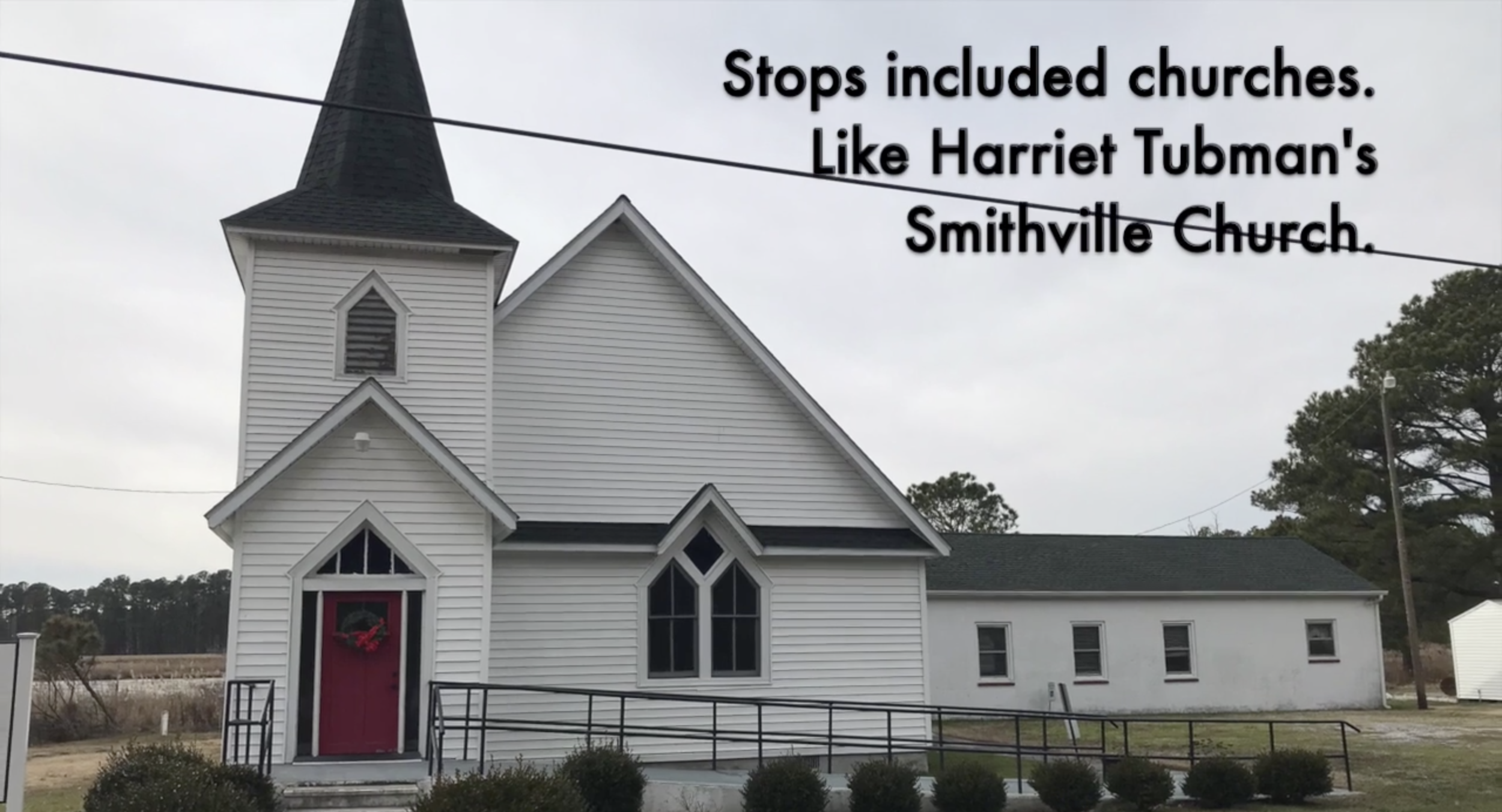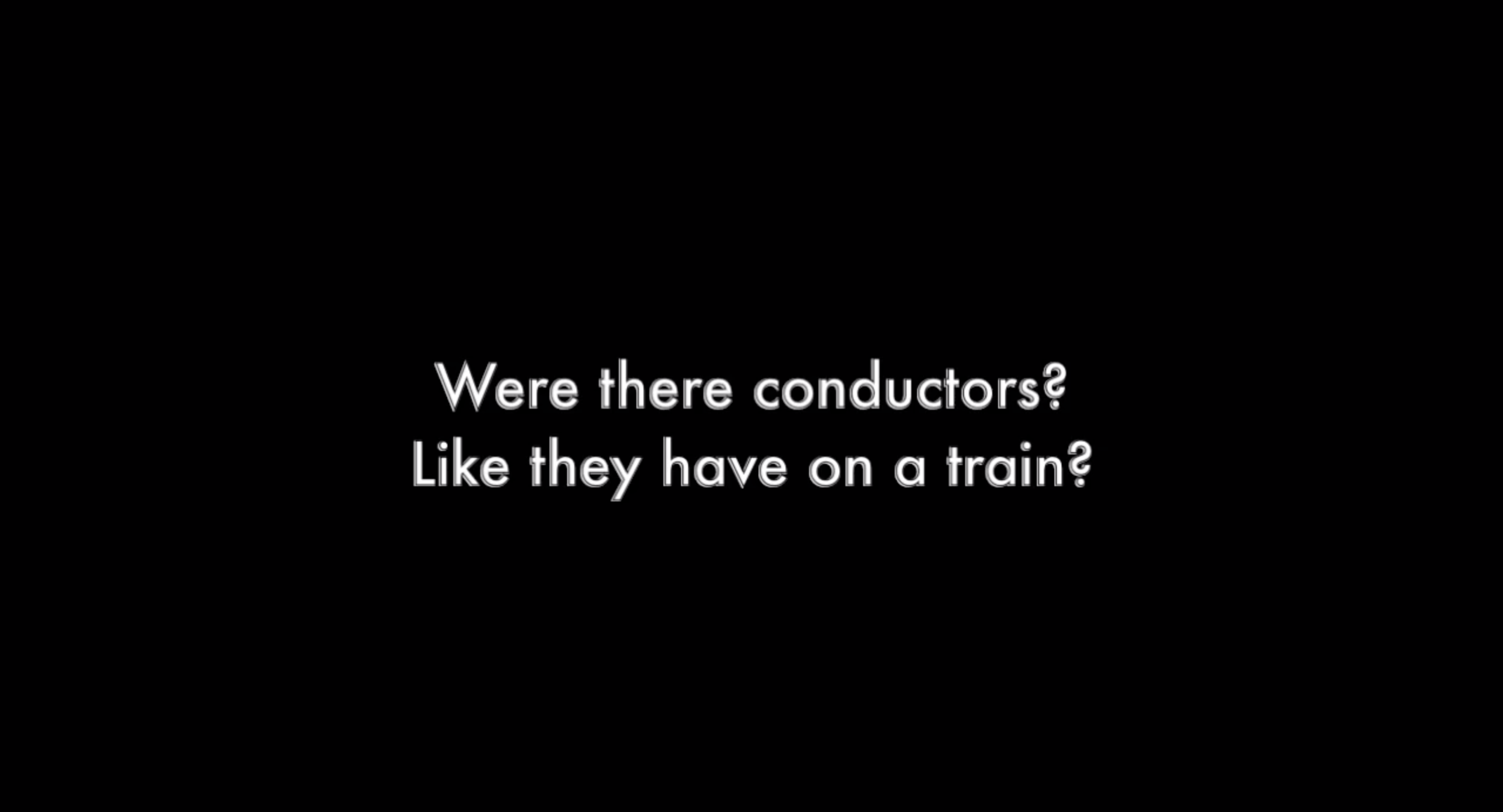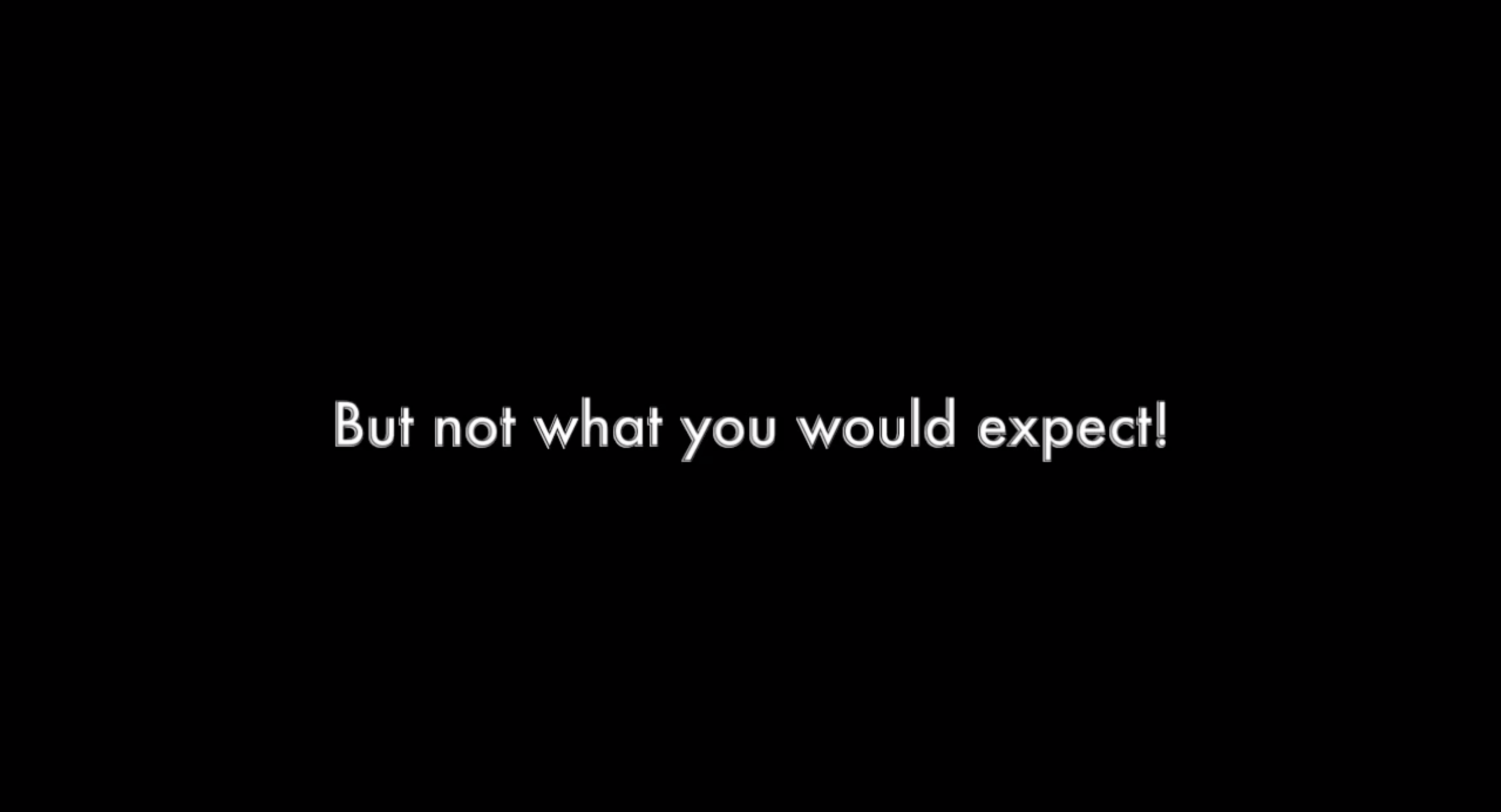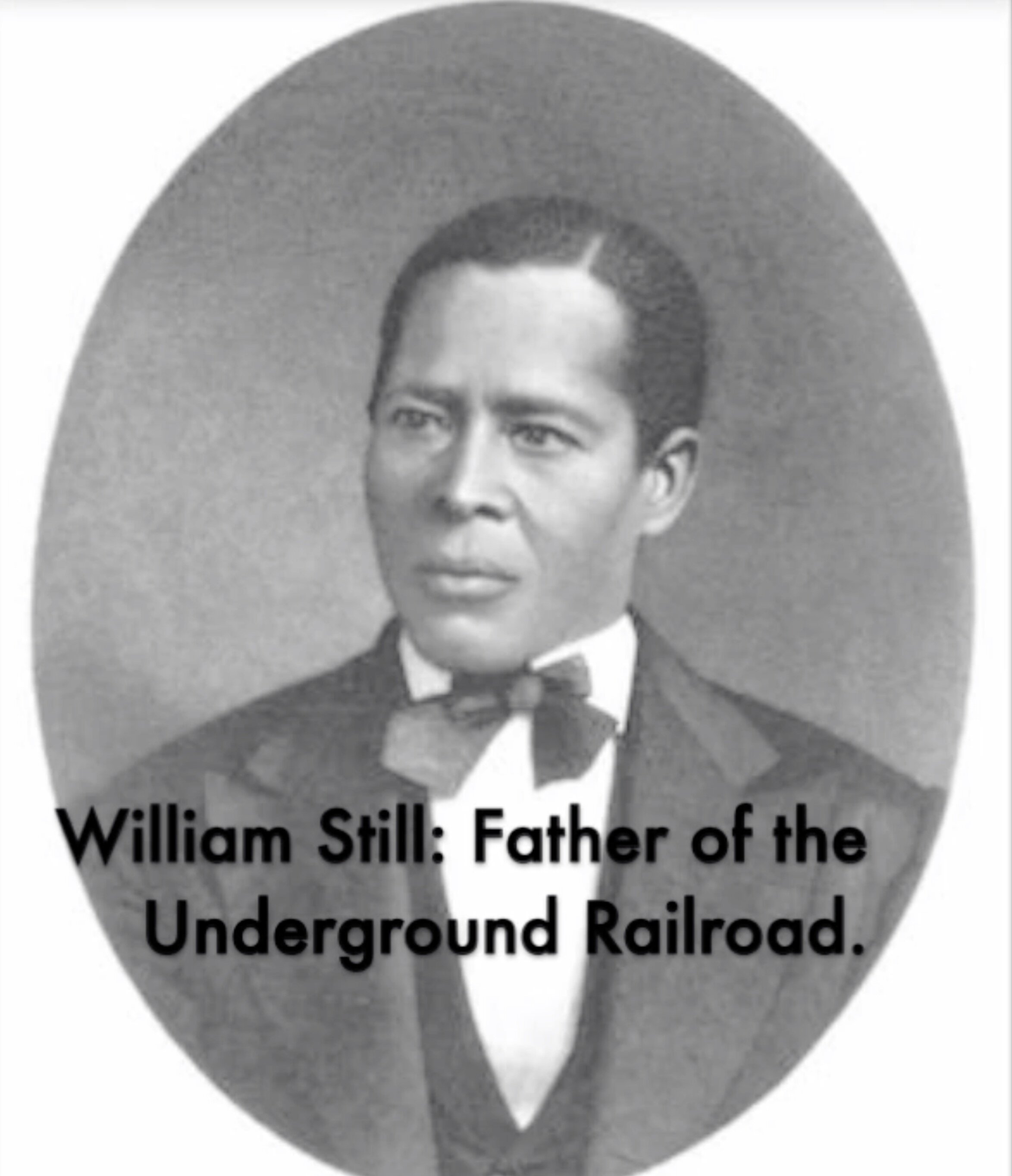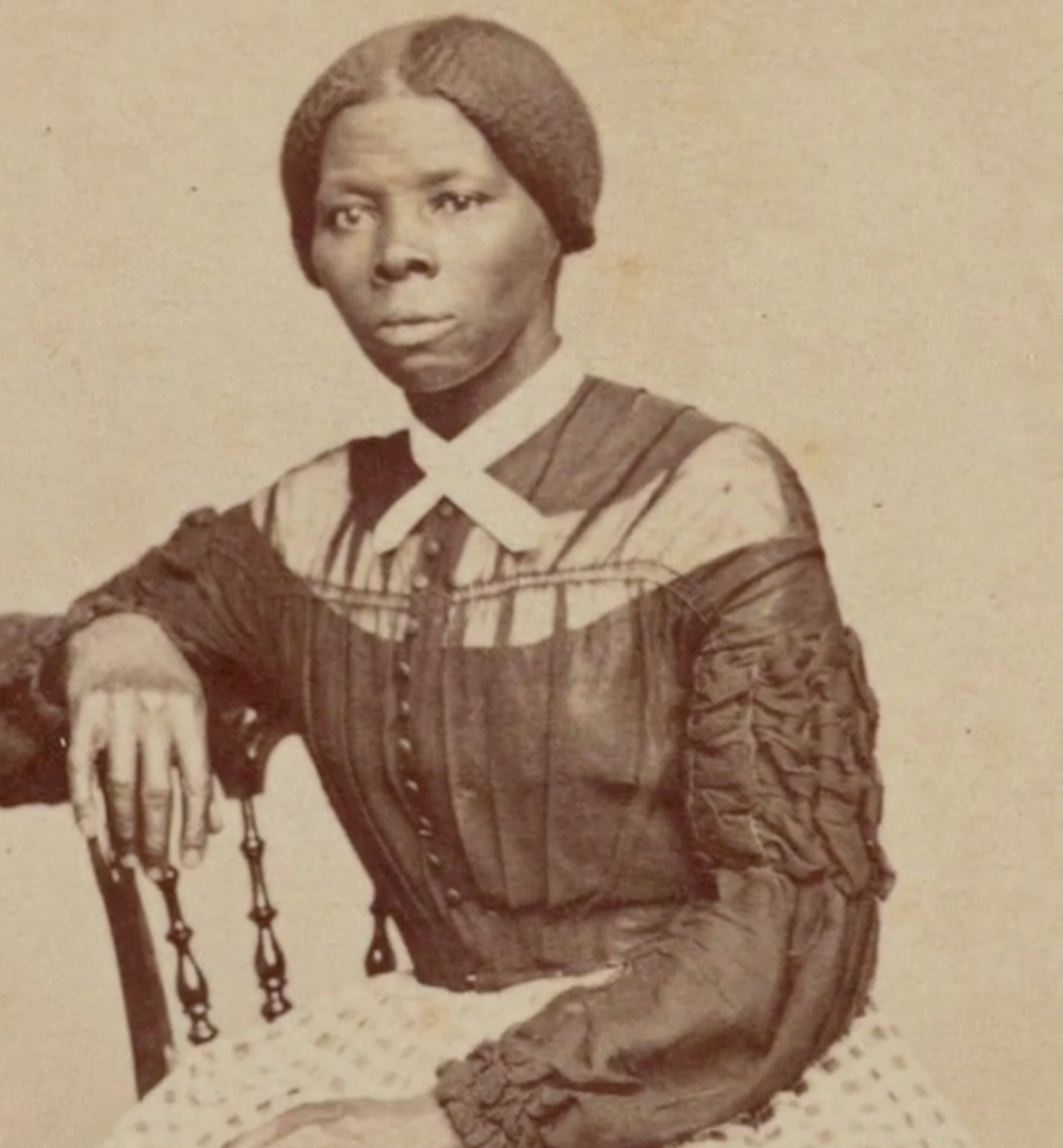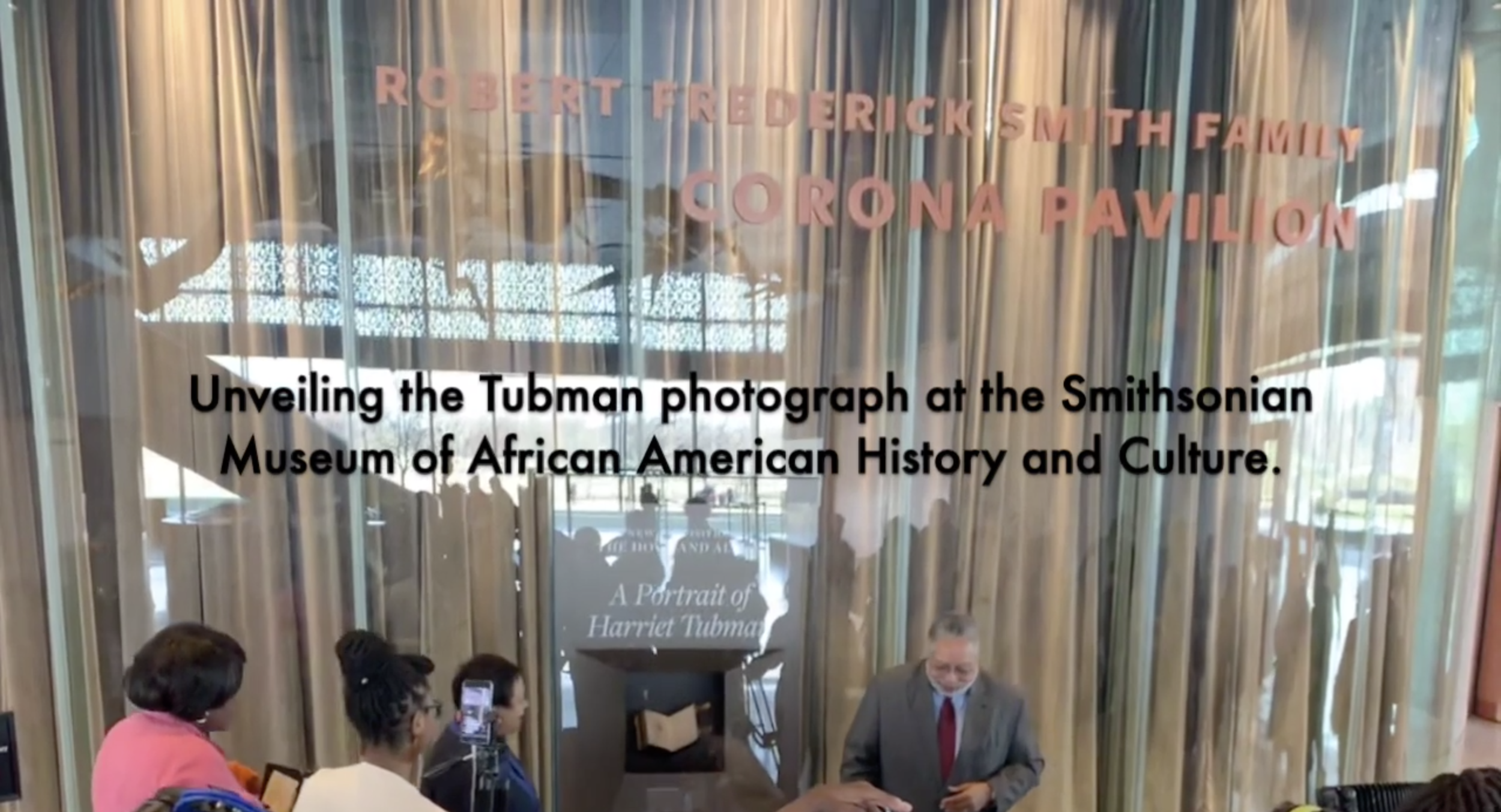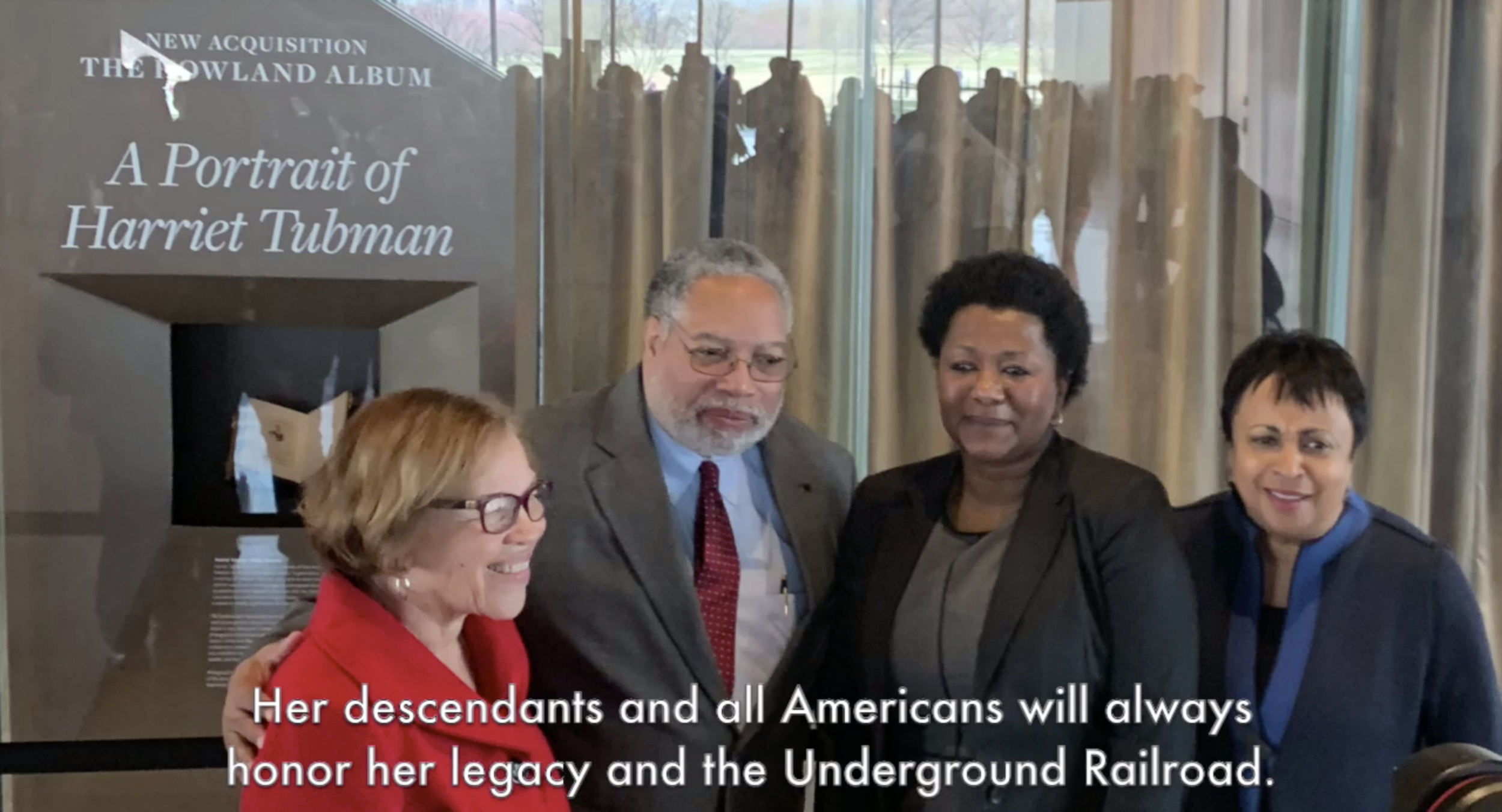Finding Harriet:
Was the Underground Railroad under ground?
History Lesson
Was Harriet Tubman’s famed Underground Railroad underground? Join Tilghman Paca Logan in a remote learning experience that travels through the wilderness of Maryland’s Chesapeake Bay and the picturesque Eastern Shore to gain an understanding of the Underground Railroad from the heartland of America’s greatest abolitionists.
Summary
Go on a tour of the Underground Railroad and learn its fascinating history. Understand the basics of how Harriet Tubman and her family navigated others to freedom in the North. People always use the word “resilience” when describing enslaved people. This video discusses how faith and religion gave them the strength to endure the hardships of slavery, and find their way North on the Underground Railroad to freedom against all odds. Join the gospel train at the opening of the National Underground Railroad Museum and Park with descendants of Harriet Tubman. Tour goes to Washington, D.C.’s National Museum of African American History and Culture with more Tubman descendants celebrating the unveiling of the photograph of Tubman as a young women. NMAAHC director Dr. Lonnie Bunch (nor Director of the Smithsonian) and Librarian of Congress Dr. Carla Hayden preside over the event, honoring Tubman as the most famous conductor of the Underground Railroad.
The Underground Railroad is a living symbol of American Justice. Not only does this largely estuarine area clean the water of the Chesapeake Bay, it cleans the soul of America and lays claim to basic principles of equality. With assistance from a diverse population along the UGRR, people broke the chains of bondage, and amended an imperfect Constitution to create a completely free democracy that is America. These philosophies are being reassessed today by Black Lives Matter movement to make a more inclusive America.
Was the Underground Railroad Under Ground?
[Answer:] For the most part, No!
But there were some secret tunnels and hiding places under houses.
Was it a railroad with tracks and train cars?
[Answer:] No.
Enjoying remote learning with Bruce and Tilghman. A discussion about the Underground Railroad. So why did they call it the Underground Railroad? Because it was shrouded in mystery. The Underground Railroad was a secret network where people helped others to escape slavery.
Where did it begin? Where did it go?
[Answer:] It started anywhere that slavery existed.
And it ended in any place where people could become free.
In Maryland, it started in the places with big plantations. Like those in Dorchester, Talbot, and Queen Anne’s County, and it ended up in Caroline County. Caroline County was the destination before crossing into Delaware.
Why was Caroline County a place that enslaved persons ran to? (Running away from plantations in counties such as Wicomoco, Dorchester, Talbot, Queen Annes, Kent, etc.)
[Answer:] Because it had trees so you could hide.
Frederick Douglass was born across the river from this spot in Caroline County.
There weren't plantation owners in Caroline County because the soil was sandy (poor). There were more free black people in Caroline County than any other place, and they helped one another.
Let’s talk about the Underground Railroad. Running away from enslavement required immense courage, intelligence, and stamina.
North Meets South concert. Faith and religion created strong foundations for resilient people. This music is important to this day as you can see in the work of North Meets South’s Danielle Cumming and John Wesley Wright. Salisbury University student Jeremiah Copeland and their beautiful rendition of Couldn’t hear nobody pray.
Did it have station stops?
[Answer:] Yes, but not what you would expect!
Stops included churches. Like Harriet Tubman’s Smithville Church.
And also the homes of free black people and Quakers.
Example: Caroline County had the Hannah Leverton House. This is the only surviving documented Underground Railroad safe house on the Eastern Shore. The house and property have been cared for by owner Mickey McCrea, who is extremely knowledgeable about its history.
They also found freedom through knowing the wading places and ports. Like the wading place behind the Linchester Mill.
Here’s historian JOK Walsh of the Caroline County Historical Society teaching me about Harriet Tubman and her family’s escape spot at the Wading Place, Linchester Mill.
Harriet Tubman knew where it was safe to cross the water. The story of how people of color risking their lives to help others is an important part of the story of how people of African descent helped the enslaved to find freedom.
Which of the following were a part of the Underground Railroad?
Plantation lanes
Native American trails
Seldom-traveled roads
Rivers
Low water crossings
[Answer is ALL]
Tilghman on the Marsh Creek Bridge near Choptank.
Jeremiah Copeland, Salisbury University Alumnus and award winning singer with Lost in the Wilderness.
The Wright Studio Quartet singing, The storm is passing over.
Were there conductors like they have on a train?
[Answer:] But not what you would expect!
If so, who were these "conductors," and how did they work to help people find freedom? The list includes William Still, who was noted as the Father of the Underground Railroad.
Frederick Douglass found freedom on the Underground Railroad.
The most famous person was Harriet Ross Tubman.
Harriet Tubman helped 70 people find freedom.
Moses Tubman’s tombstone at the Malone Church reminds everyone, “We will meet again.”
Proud descendants at the opening of the Harriet Tubman Underground Railroad Visitor Center and National Park.
Unveiling the Tubman photograph at the Smithsonian Museum of African American History and Culture in Washington, D.C.
Her descendants and all Americans will always honor her legacy and the Underground Railroad. Here is Dr. Lonnie Bunch and Dr. Carl Hayden with descendants Paulette Albury and Deborah Brice.
A BIG THANK YOU to the following people, places, and organizations who helped make learning about the Underground Railroad possible:
Bruce Nelson Glover, Remote Learning Educator
Tilghman Paca Logan, Student, lab Highschool for Collaborative Studies, NYC
Mickey McCrea
JOK Walsh and the Caroline County Historical Society
Stoney Point Road Terminus across from Kentucky Ravine, birthplace of Frederick Douglass
Blackwater Preserve
Harriet Tubman Mural in Cambridge by Michael Rosato
Harriet Tubman Underground Railroad Visitor Center and National Park. Opening with Paulette Albury, Frances Curtis, Chris Haley, Gloria and Winston Wilkinson
Malone Church
Smithville Church
NMAAHC Smithsonian National Museum of African American History and Culture Dr. Lonnie Bunch, Director of the Smithsonian, former Director of NMAAHC
Dr. Carla Hayden, Librarian of Congress
La Fleur Paysour, Media Specialist, NMAAHC
Tubman Descendants, Paulette Albury and Deborah Brice
North Meets South, John Wesley Wright, tenor; Danielle Cumming, guitar; People get ready, Curtis Mayfield
Jeremiah Copeland, guest tenor, Lord, I couldn’t hear nobody pray; arr. Patrick Russ, adapted by John Wesley Wright
Jeremiah Copeland, tenor, 1st Prize Video 2020 National Student Auditions, National Association of Teachers of Singing; Veronica Tomanek, pianist; Lost in the wilderness; Stephen Schwartz
The Wright Studio Quartet; Sara Miller; John Wesley Wright; Jeremiah Copeland; Patrick Gover; The storm is passing over, Charles Albert Tindley
Maryland Spirituals Team members, Justine Flora and Barbara Paca










